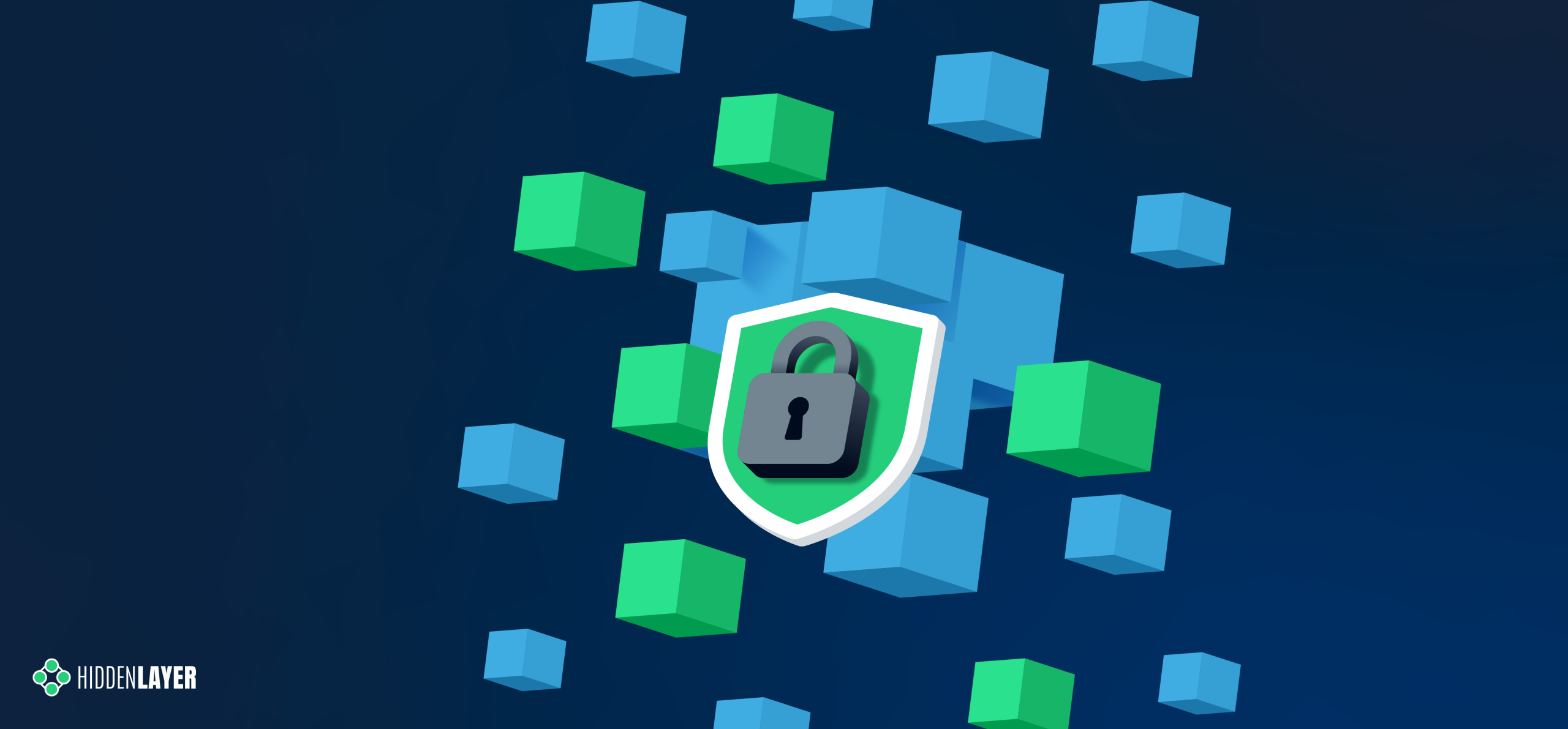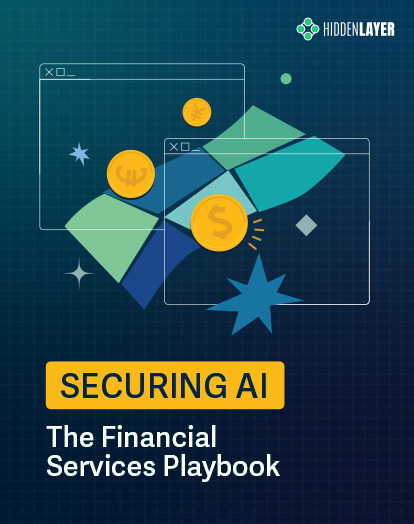The Stark Reality: Securing AI in Today’s Organizations
Consider this sobering statistic: 77% of organizations have been breached through their AI systems in the past year. With organizations deploying thousands of AI models, the critical role of these systems is undeniable. Yet, the security of these models is often an afterthought, brought into the limelight only in the aftermath of a breach, with the security team shouldering the blame.
This oversight stems not from malice but from a communication complication. Too often, security is sidelined during the developmental phases of AI, constricting their safeguarding capabilities —a gap widened by organizational silos and a scarcity of resources dedicated to security for AI. Additionally, legislators and regulators are playing catch-up on what is needed to secure AI, making public trust a bit tricky.
This pivotal shift in public trust, as highlighted by the Edelman Trust Barometer Global Report 2024, marks a critical juncture in the discourse on AI governance. A two-to-one margin of respondents believe innovation is poorly managed, especially regarding “insufficient government regulation.” The call for a more discerning examination of AI technologies becomes increasingly pressing, with skepticism leaning away from governmental oversight and tilting toward the corporate space. This evolving landscape of trust and skepticism sets the stage for a deeper exploration into how AI, particularly within national security, navigates the intricate balance between innovation and ethical responsibility.
Bridging Trust and Technology: The Role of AI in National Security
As we delve into national security, the focus sharpens on AI’s transformative role. The shift in trust dynamics calls for reevaluating how these advanced technologies are integrated into our defense mechanisms and intelligence operations. At the intersection of societal trust and technological advancement, AI emerges as a pivotal force in reshaping our approach to national security.
- Intelligence & Surveillance: AI improves intelligence gathering by efficiently analyzing large data sets from sources like satellite imagery and digital communications, enhancing threat detection and prediction.
- Cyber Defense: AI strengthens cybersecurity by detecting and neutralizing advanced threats that bypass traditional defenses, protecting critical infrastructure.
- Decision Support: AI supports strategic decision-making in national security by merging data from various sources, enabling leaders to make informed, effective choices.
Securing AI: Embracing the Paradox
For Chief Information Security Officers (CISOs), the path forward is complex. It requires not only the integration of AI into security strategies but also a vigilant defense against AI-driven threats. This includes securing AI tools, staying updated on AI advancements, enhancing digital literacy, implementing resilient authentication protocols, and exploring adversarial AI research.
The integration of AI in national security strategies underscores the urgent need to shield these systems from potential exploitation. AI technologies’ dual-use nature presents distinctive challenges, necessitating resilient security measures to avoid misuse.
- Security by Design: It is crucial to prioritize security from the initial stages of AI development. This involves safeguarding AI models, their data, and their operating infrastructure, facilitating early detection and remediation of vulnerabilities.
- Tailored Threat Intelligence for AI: Customizing threat intelligence to address AI-specific vulnerabilities is imperative. This demands a thorough understanding of the tactics, techniques, and procedures employed by adversaries targeting AI systems, from data poisoning to model exploitation, ensuring a proactive defense stance.
- Advocacy for Ethical and Transparent AI: Crafting ethical guidelines for AI’s use in national security is vital. Promoting the transparency and audibility of AI decision-making processes is fundamental to sustaining public trust and ethical integrity.
Collaboration and knowledge sharing are critical. Engaging with the AI and cybersecurity communities, participating in joint exercises, and advocating for the ethical use of AI are essential steps toward a secure digital future.
For Chief Information Security Officers (CISOs), the path forward is complex. It requires not only the integration of AI into security strategies but also a vigilant defense against AI-driven threats.
The Challenges and Opportunities of Generative AI
Generative AI (GenAI) holds immense potential but is not without risks. From biased outputs to the creation of malicious content, the misuse of GenAI can have profound implications. The development of deepfakes and malicious actors’ access to dangerous information highlights the urgent need for comprehensive security measures. Building strong collaborations between AI developers and security teams, conducting thorough evaluations of AI models, and tracing the origins of AI-generated content are vital steps in mitigating the risks associated with GenAI technologies. We have already seen such cases. Recently, malicious actors used AI to disguise themselves on a video conference call and defrauded 25.6 million USD transferred to them from a finance worker in Hong Kong, thinking it was a direct order from their CFO. Additionally, artificially generated Joe Biden robocalls are telling New Hampshire Democrats not to vote.
The ultimate goal remains evident in our collective journey toward securing AI: to foster trust and protect our national security. This journey is a reminder that in the vast and complex landscape of security for AI, the most crucial element is perhaps us—the humans behind the machines. It’s a call to action for every stakeholder involved, from the engineers crafting the algorithms to the policy makers shaping the guidelines and the security professionals safeguarding the digital frontiers.
The Human Factor: Our Role in the AI Ecosystem
Our relationship with AI is symbiotic; we shape its development, and in turn, it redefines our capabilities and challenges. This interdependence underscores the importance of a human-centric approach in securing AI, where ethical considerations, transparency, and accountability take center stage.
Cultivating a Culture of Security and Ethical AI
Creating a culture that prioritizes security and ethical considerations in AI development and deployment is paramount. This involves:
- Continuous Education and Awareness: Keeping up with the latest developments in AI and cybersecurity and understanding the ethical implications of AI technologies.
- Inclusive Dialogue: Fostering open discussions among all stakeholders, including technologists, ethicists, policymakers, and the general public, ensuring a balanced perspective on AI’s role in society.
- Ethical Frameworks and Standards: Developing, expanding, and adhering to comprehensive ethical guidelines and standards for AI use, particularly in sensitive areas like national security.
To cultivate a culture that weaves security with ethical AI practices, we must emphasize an often-overlooked cornerstone: real-time, or runtime, security. Ethical AI frameworks guide us toward fairness and transparency, setting a high bar for behavior. However, these ethical pillars cannot withstand cyber threats’ dynamic and evolving landscape.
Ethical initiatives are commendable but remain incomplete without integrating resilient real-time security mechanisms. Vigilant, ongoing protection defends AI systems against relentless emerging threats. This symbiotic relationship between ethical integrity and security resilience is not just preferable—it’s critical. It ensures that AI systems not only embody ethical principles but also stand resilient against the tangible challenges of the real world, thus improving trust at every juncture of operation.
A Collaborative Path Forward
No single entity can tackle the challenges of securing AI alone. It requires a concerted effort from governments, corporations, academia, and civil society to:
- Strengthen International Cooperation: Collaborate on global standards and frameworks for security and ethics for AI, ensuring a unified approach to tackling AI threats.
- Promote Public-Private Partnerships: Leverage the strengths and resources of both the public and private sectors to enhance security for AI infrastructure and research.
- Empower Communities: Engage with local and global communities to raise awareness about security for AI and foster a culture of responsible AI use.
This collaboration is a united front that is not just about fortifying our defenses; it’s about shaping an ecosystem where security and ethical AI are intertwined, ensuring a resilient and trustworthy future.
Securing Together
Regarding AI and national security, the path is burdened with challenges but also overflowing with opportunities. The rapid advancements in AI offer unprecedented tools for safeguarding our nations and enhancing our capabilities. Yet, with great power comes great responsibility. It is crucial that we steer the course of AI development towards a secure, ethical, and inclusive future.
In this collective endeavor, the essence of our mission in securing AI becomes clear—it’s not just about securing algorithms and data but about safeguarding the very fabric of our societies. Ultimately, the journey to secure AI is a testament to our collective resolve to harness the power of technology for the greater good, underscored by the indispensable role of real-time security in realizing this vision.




